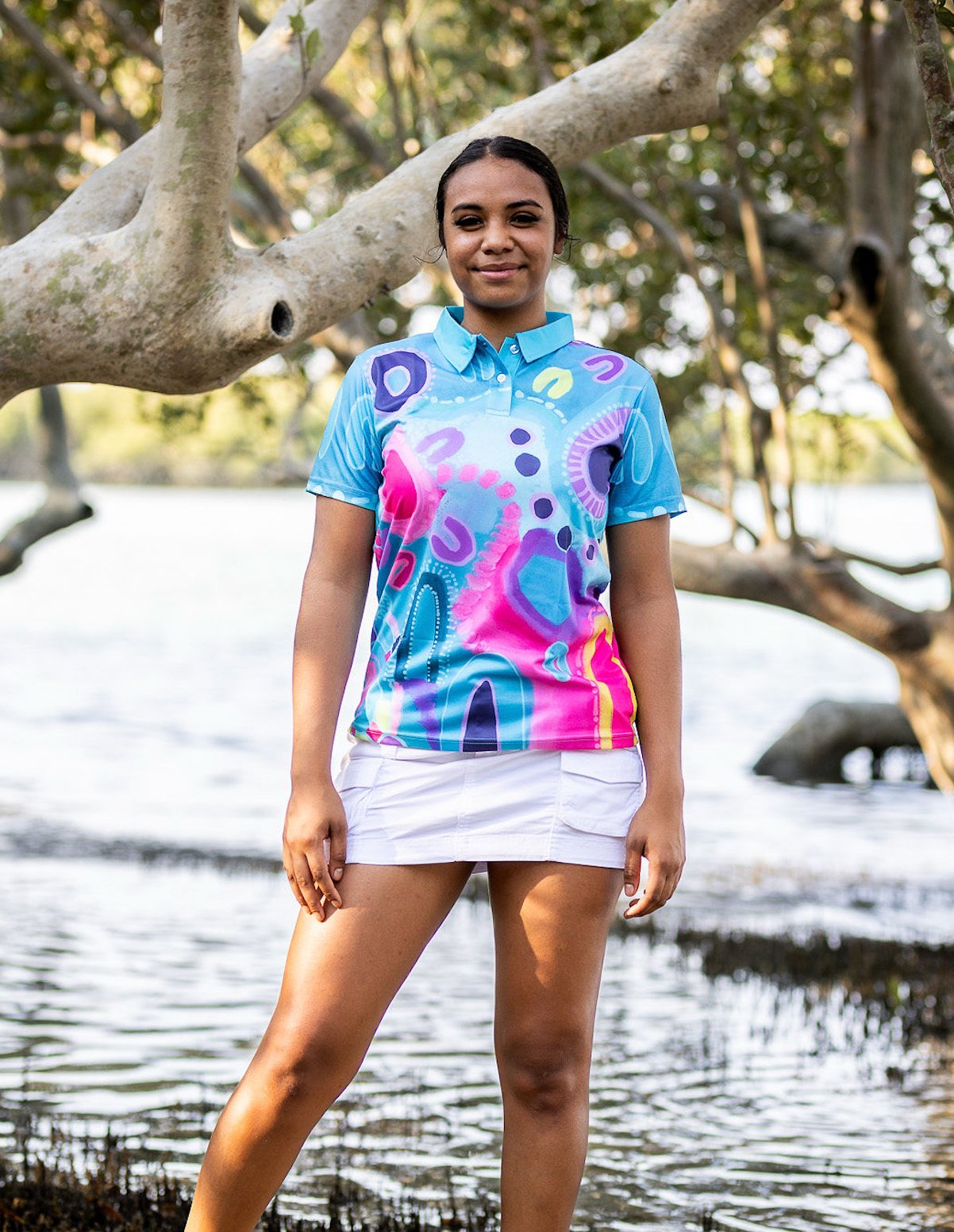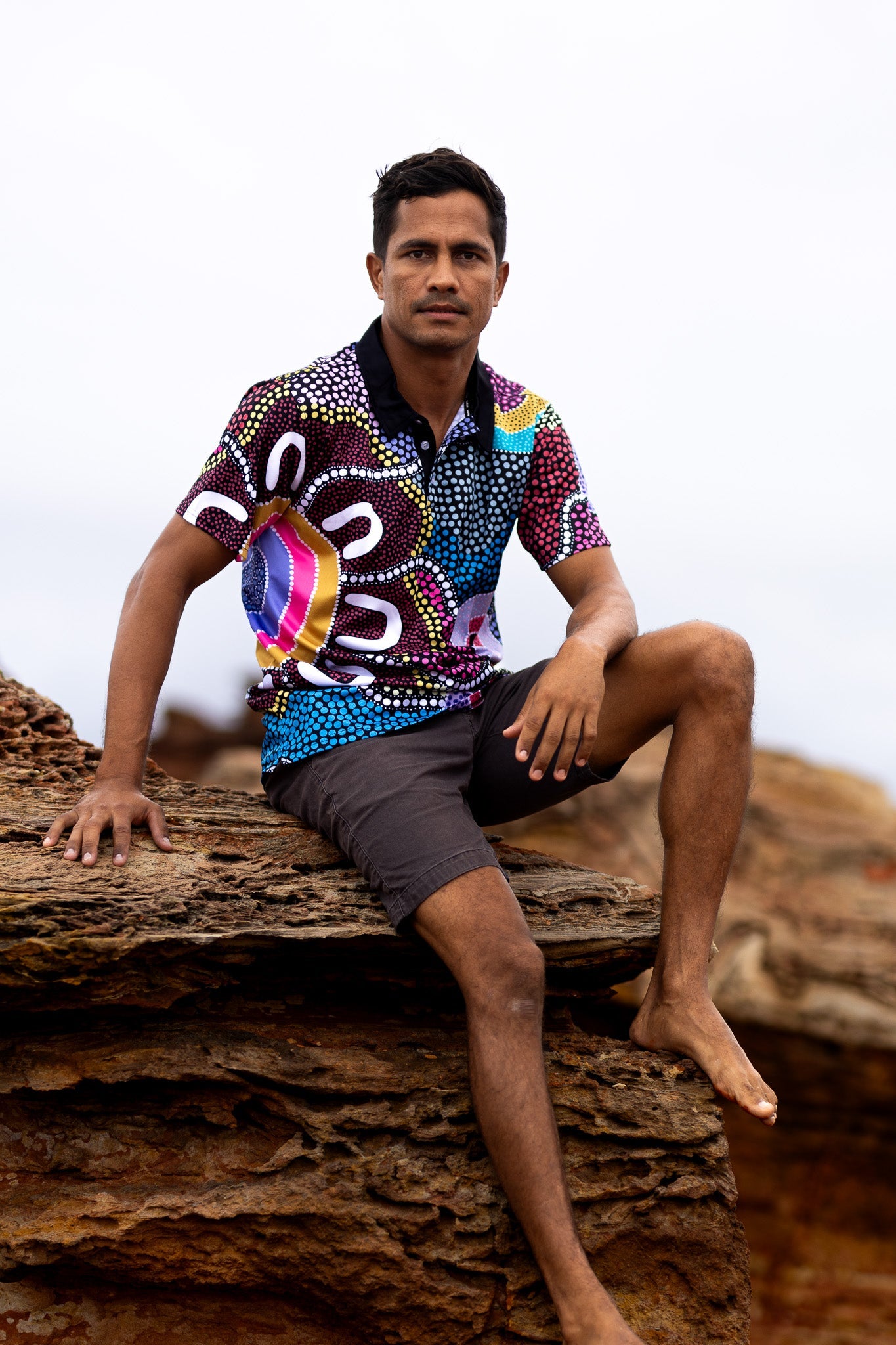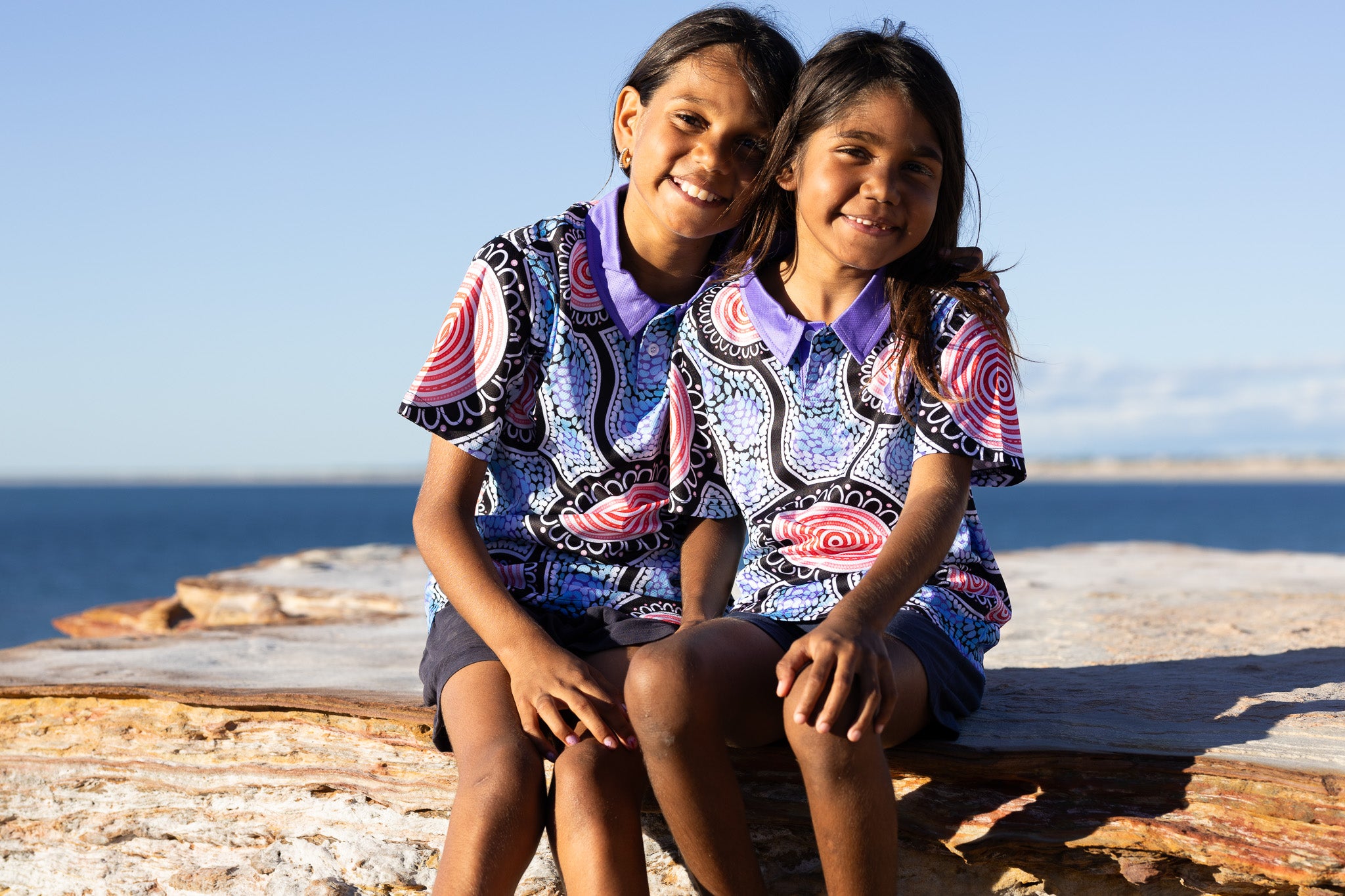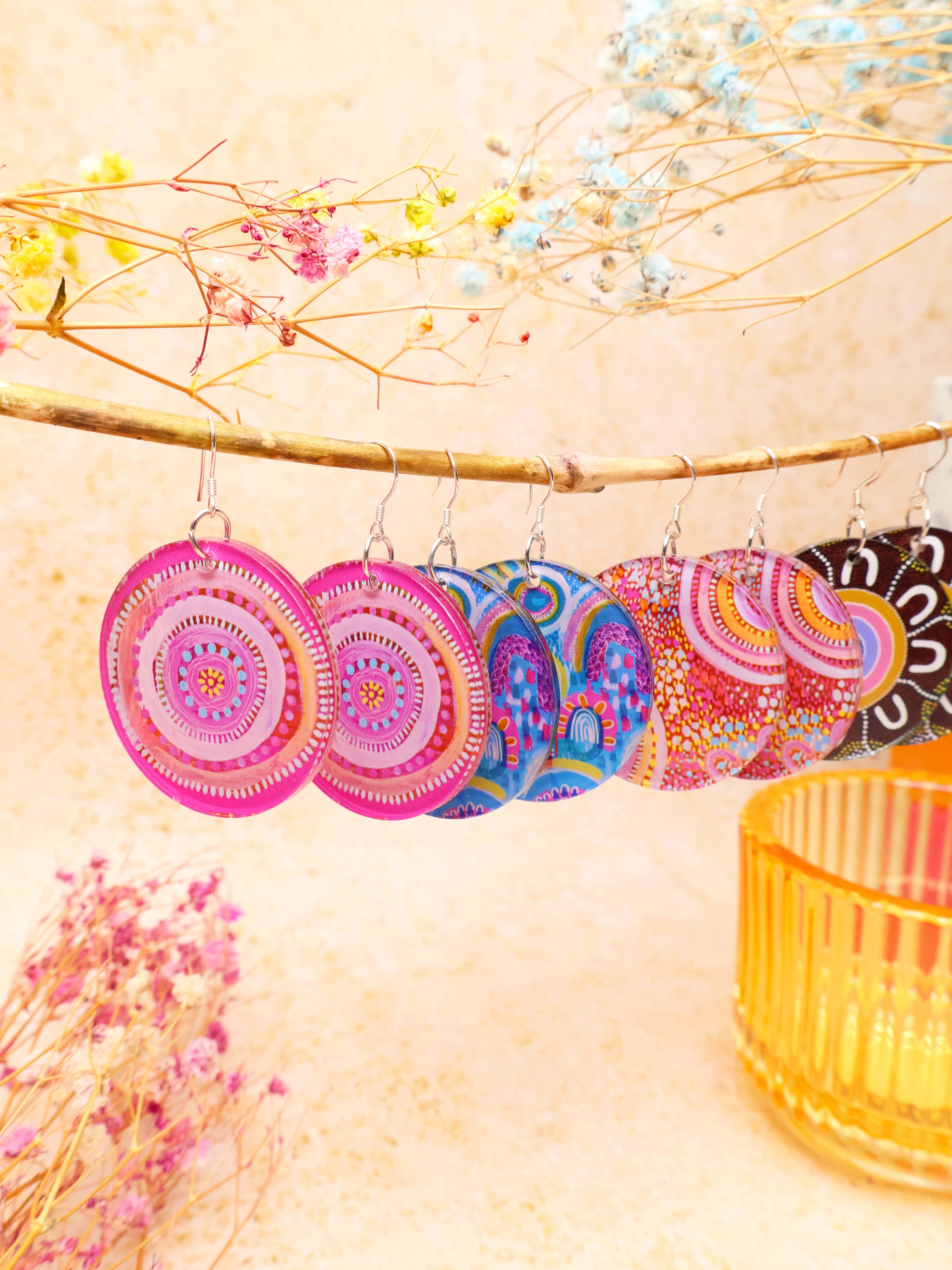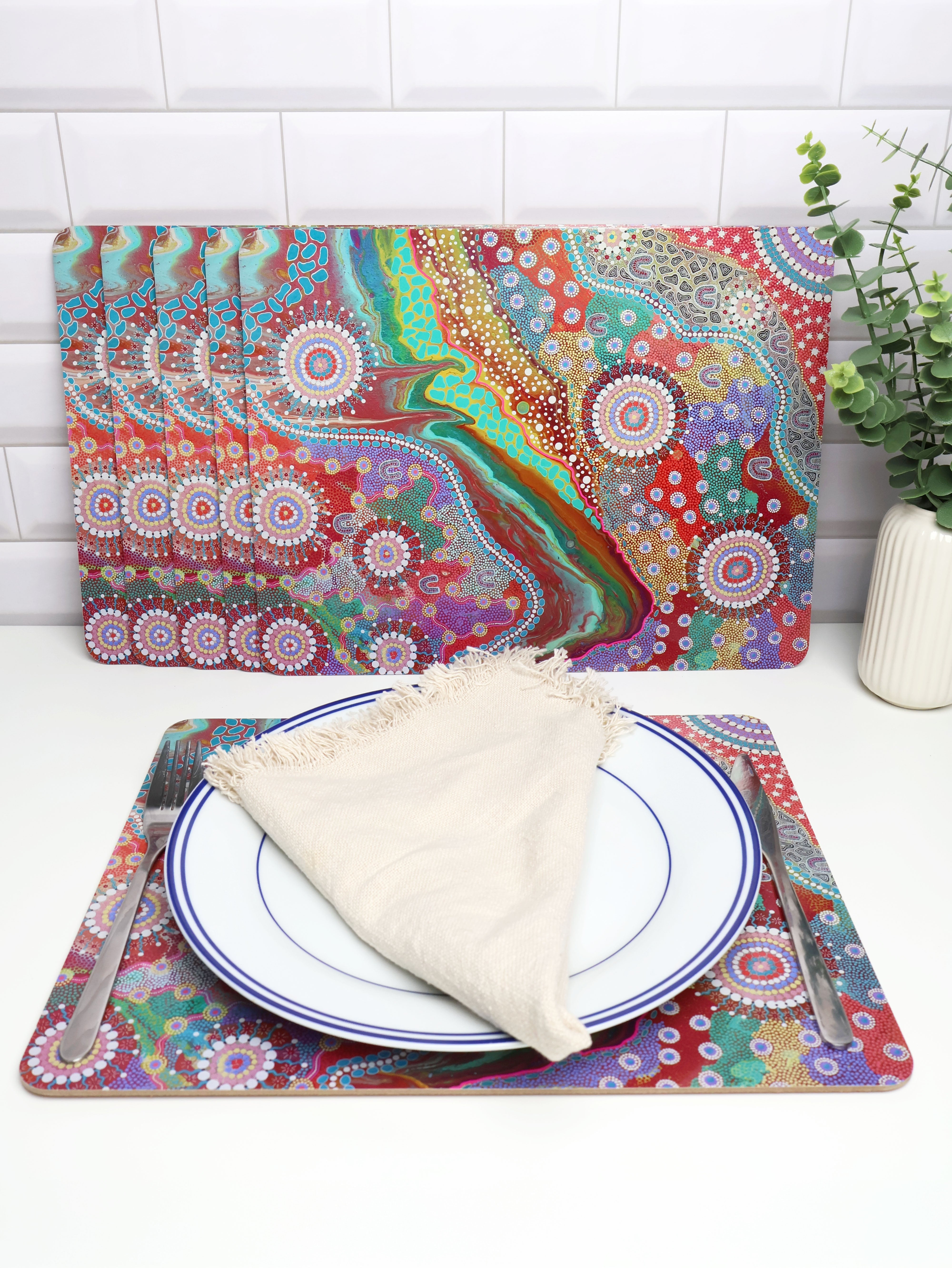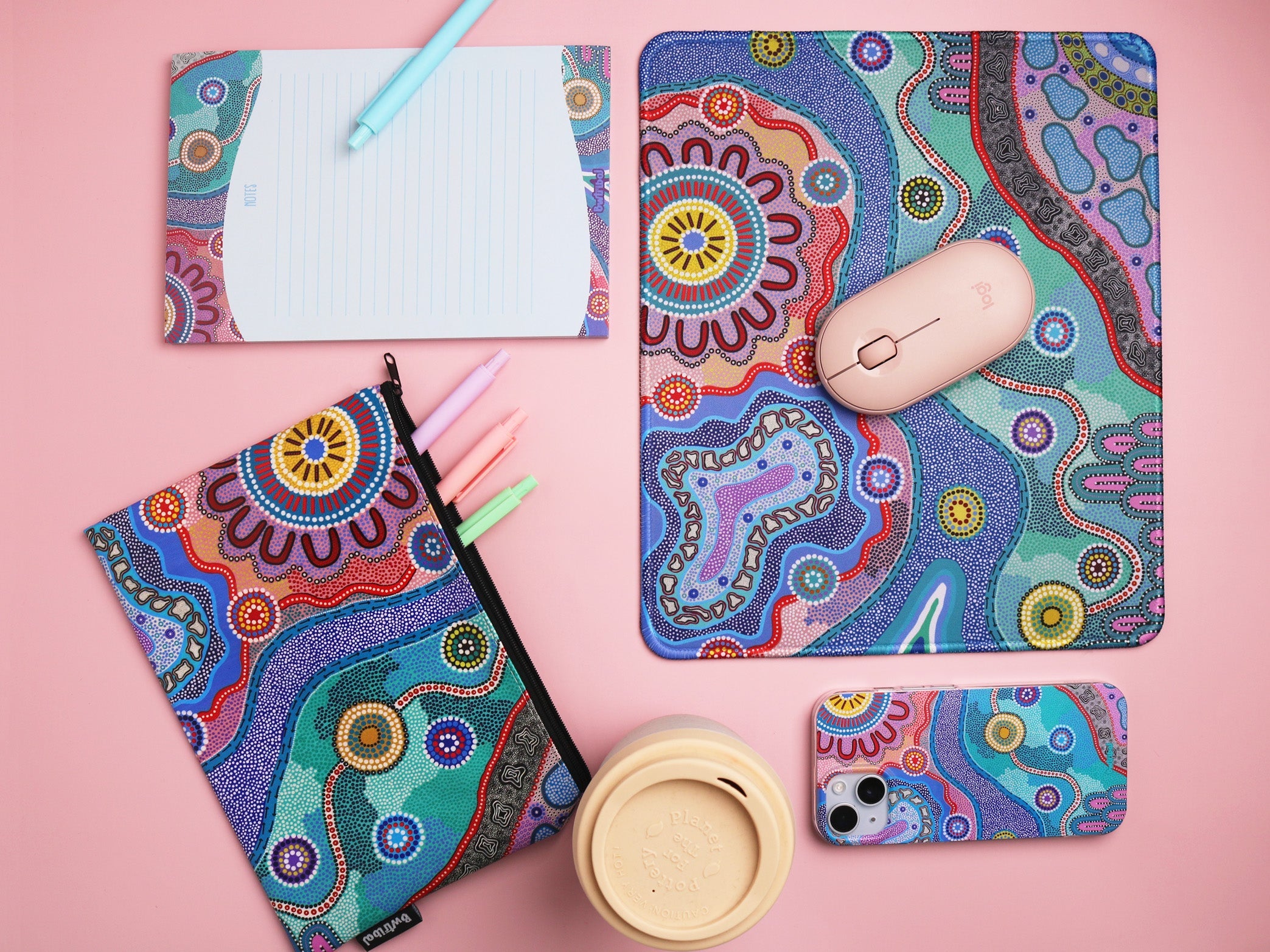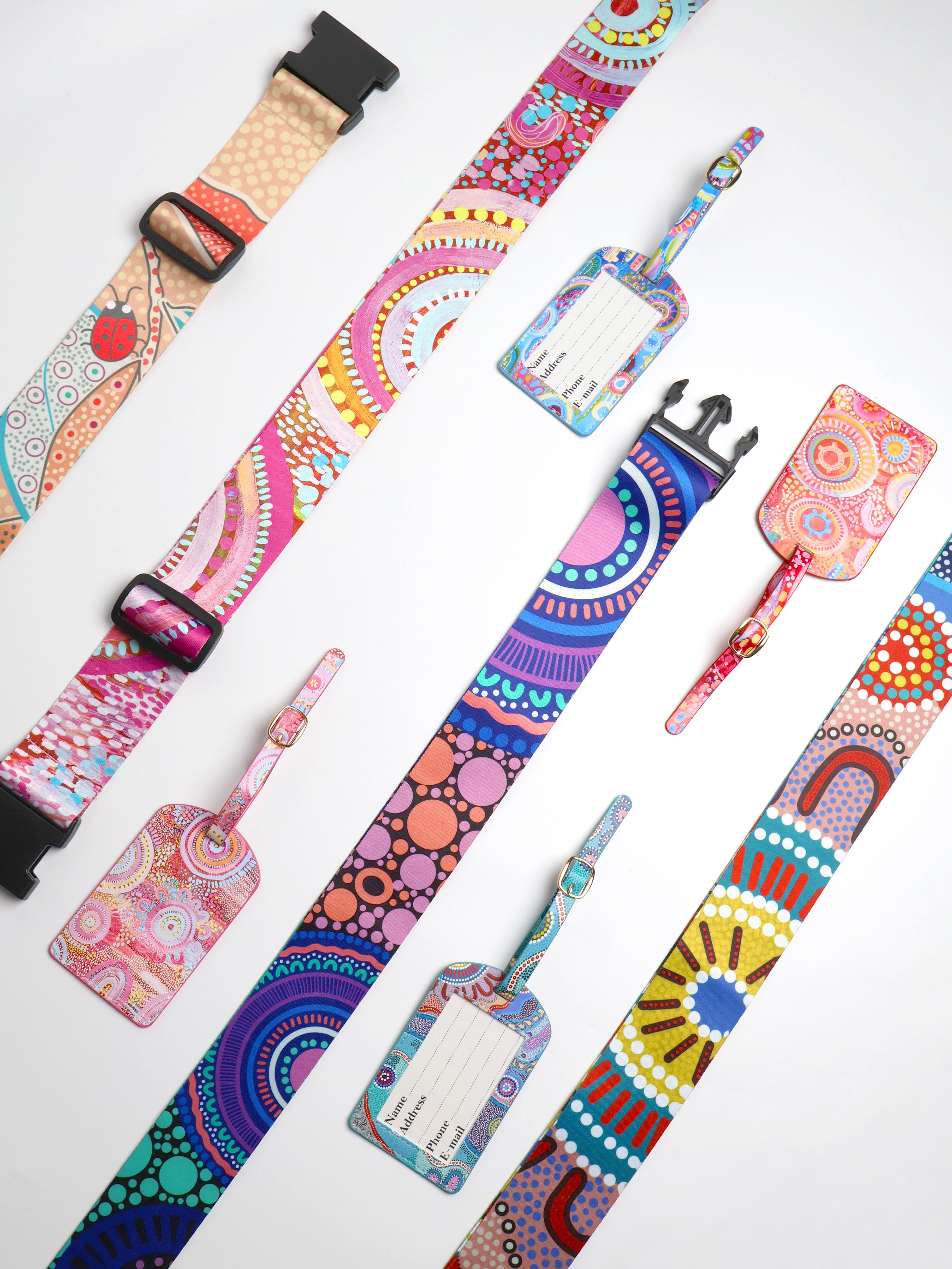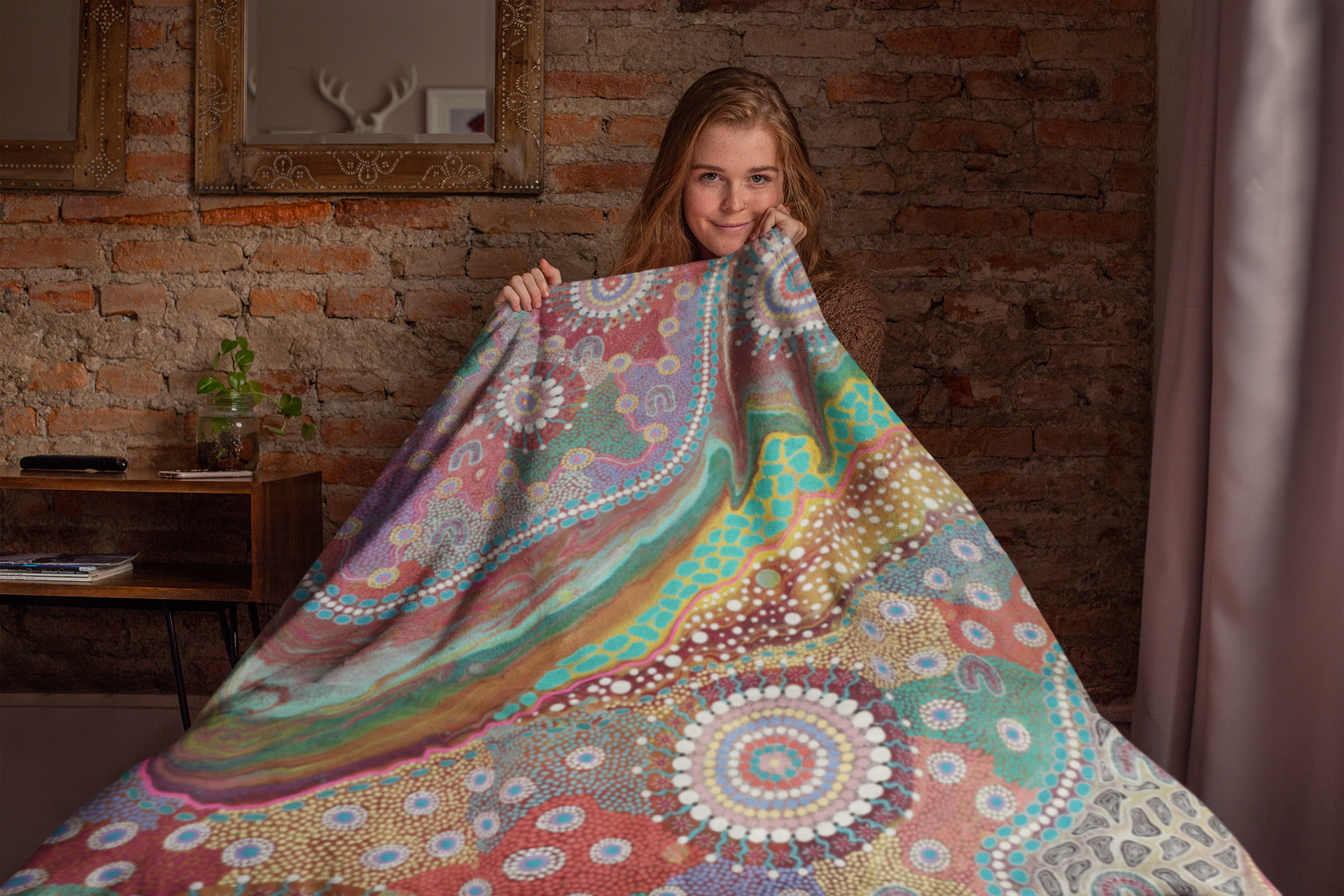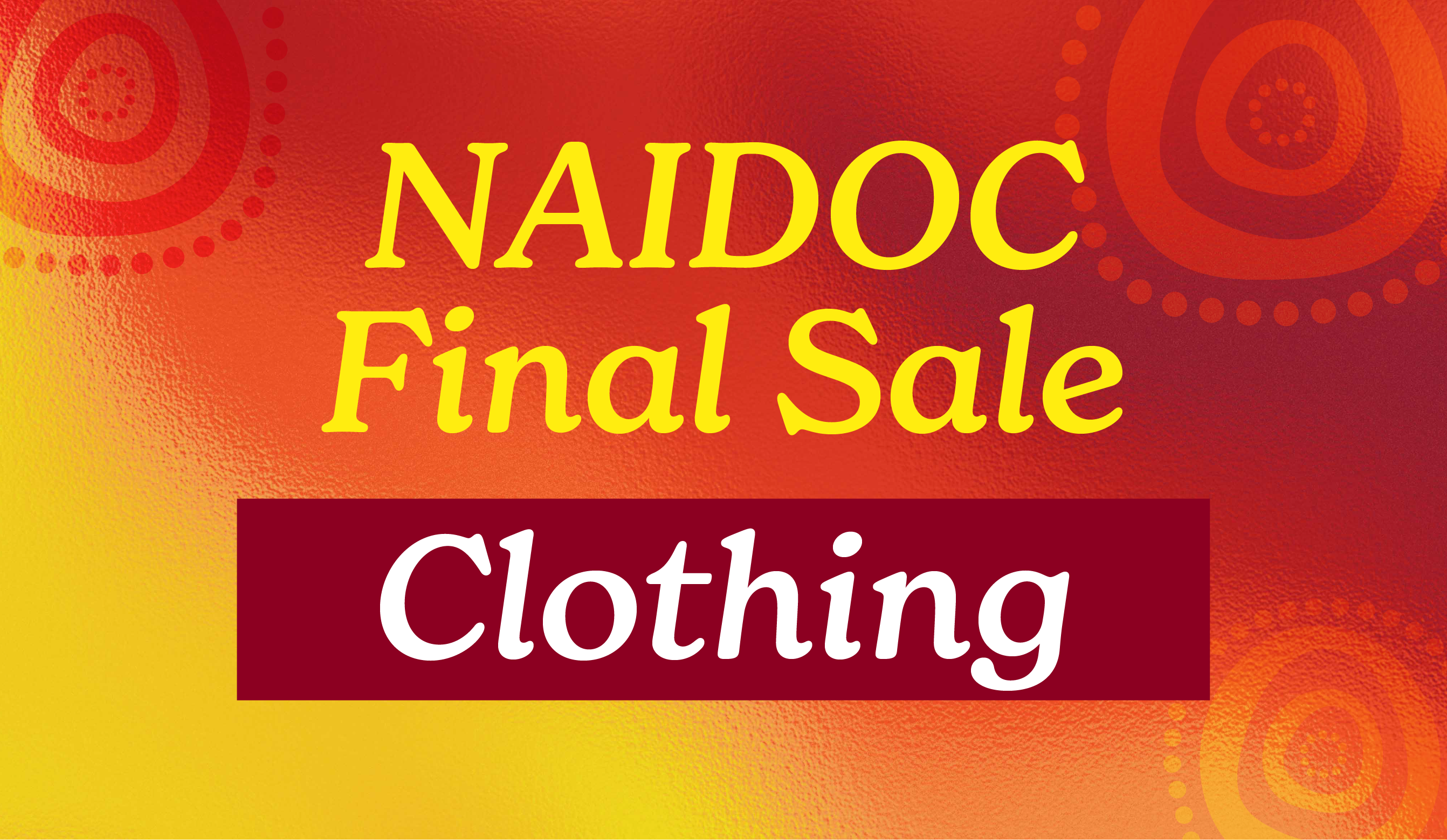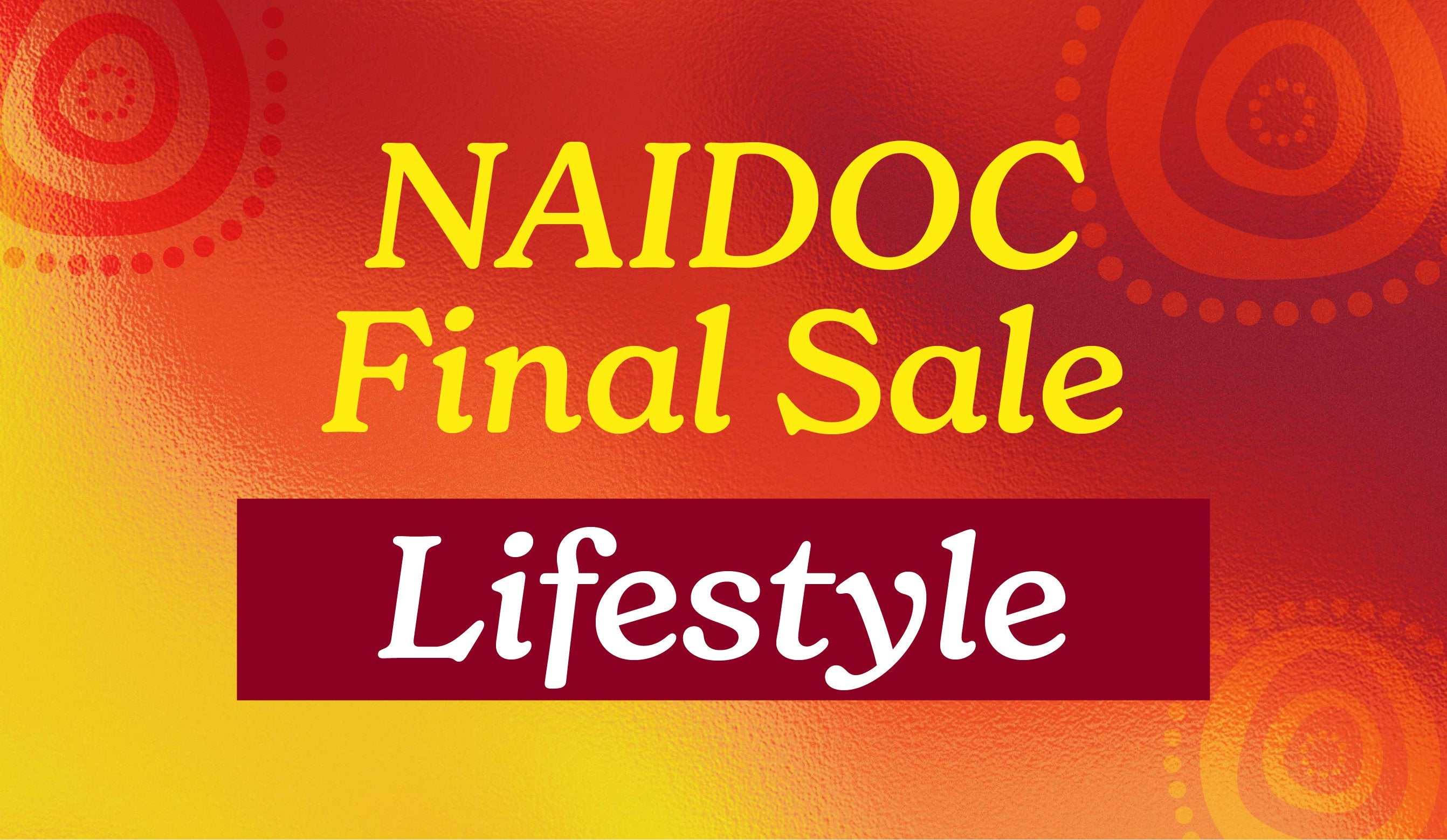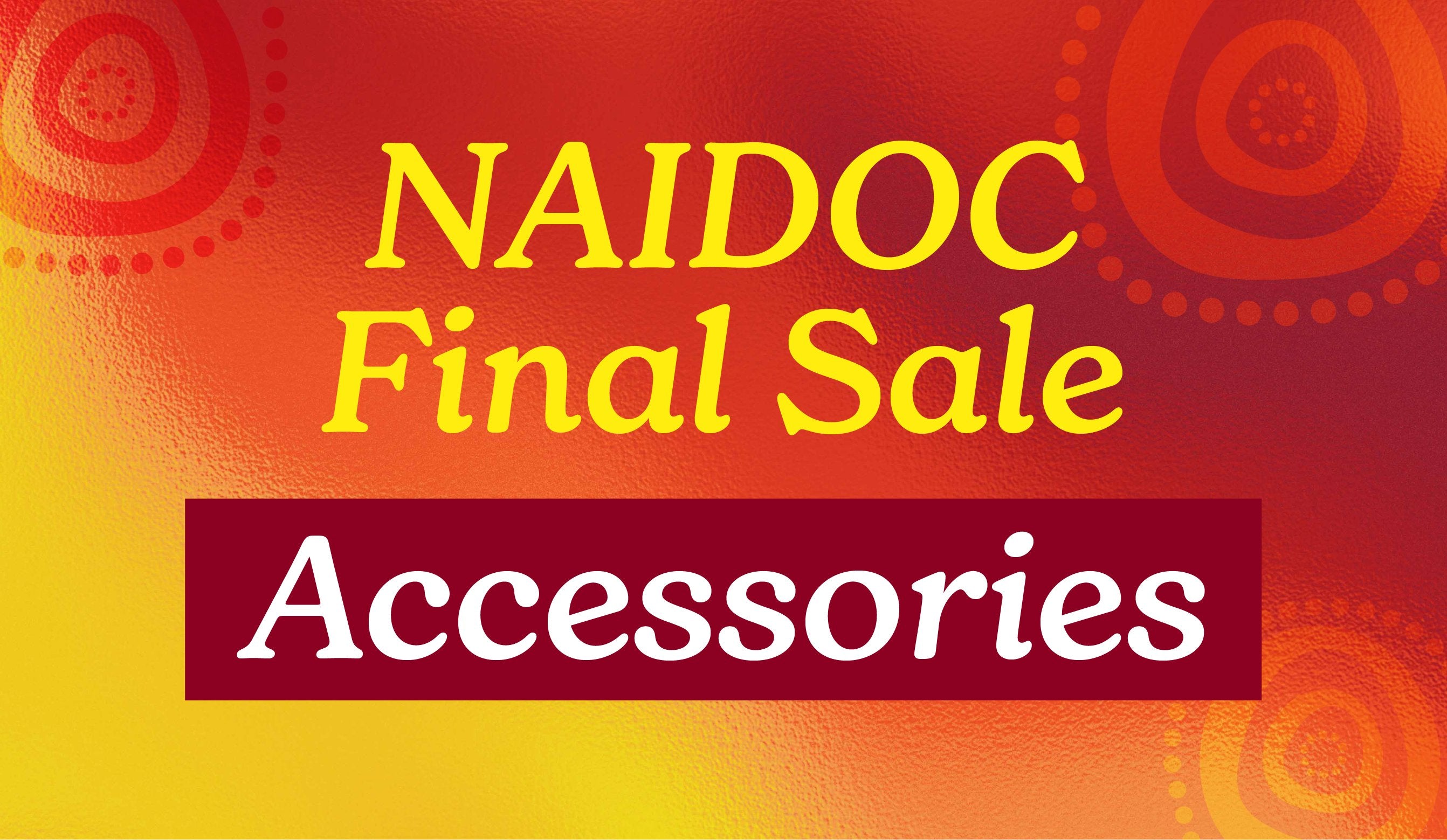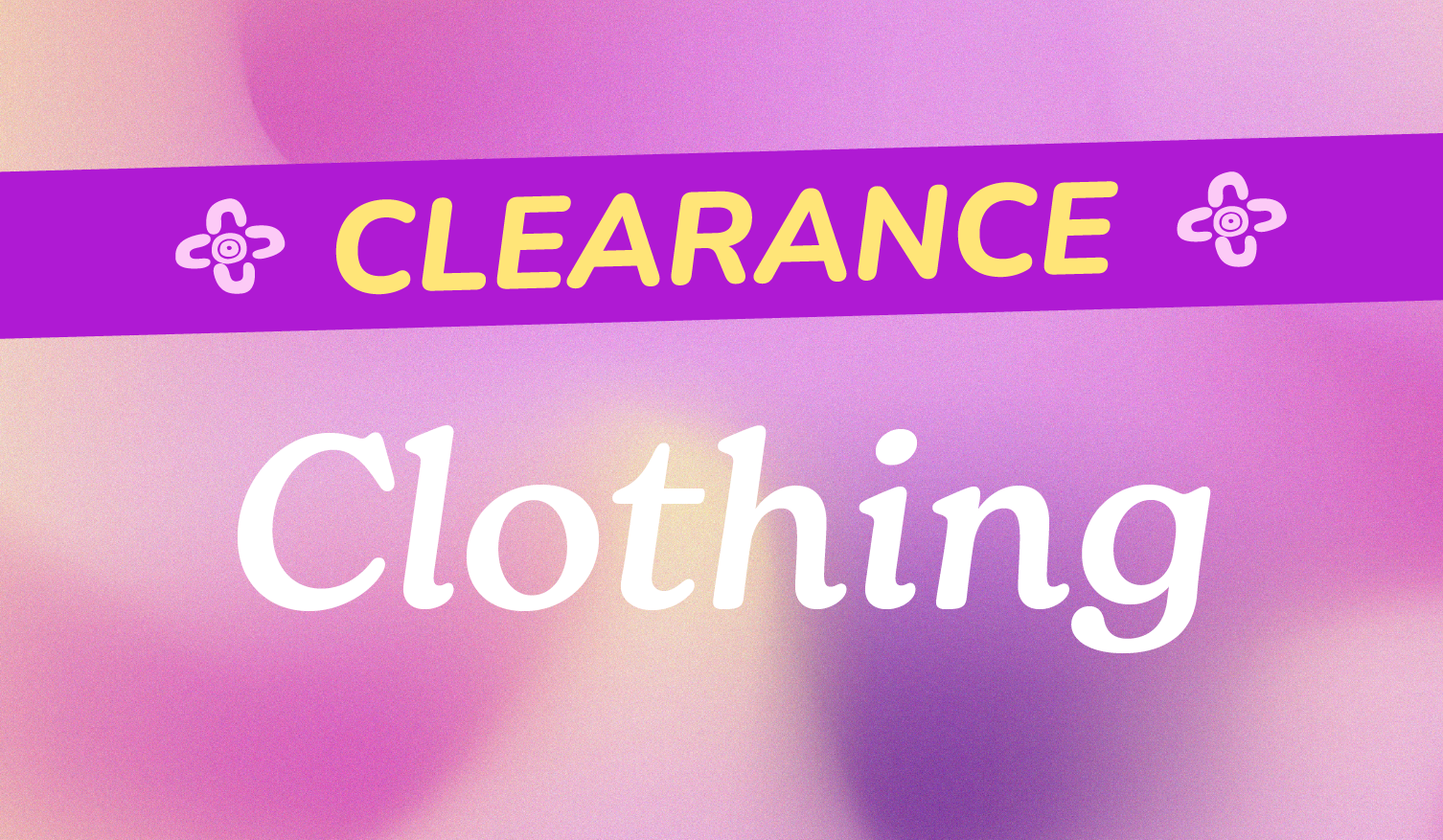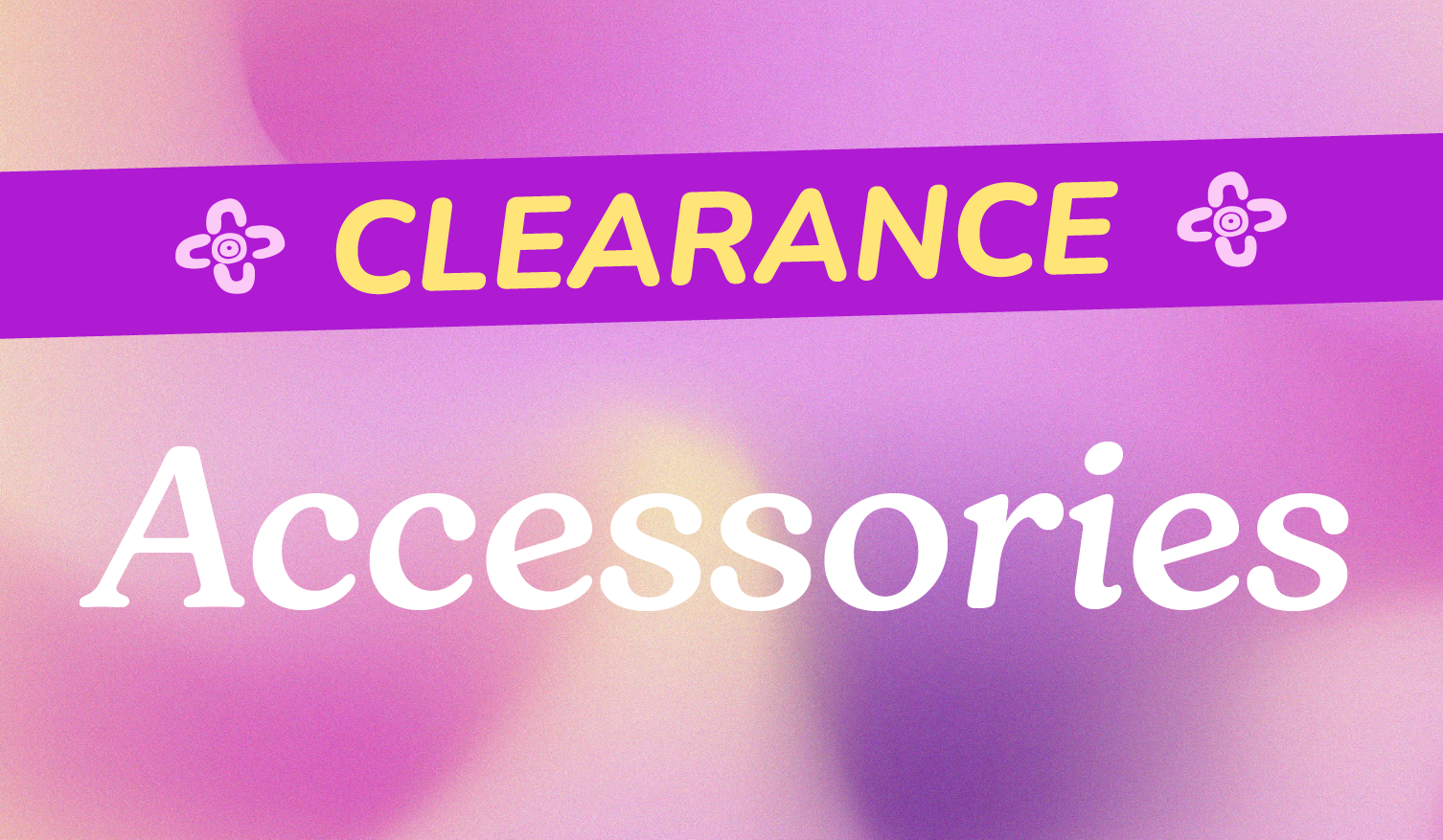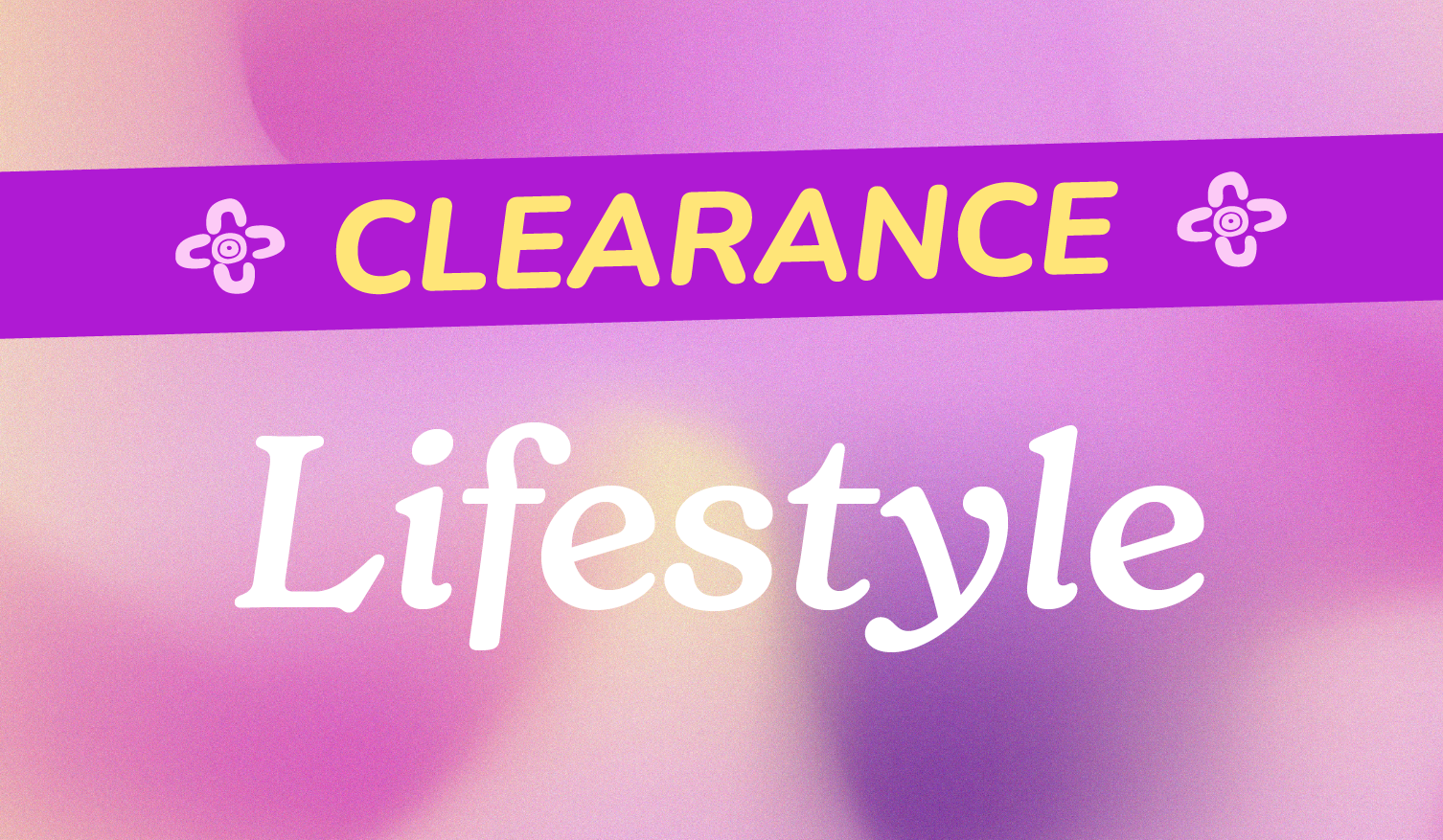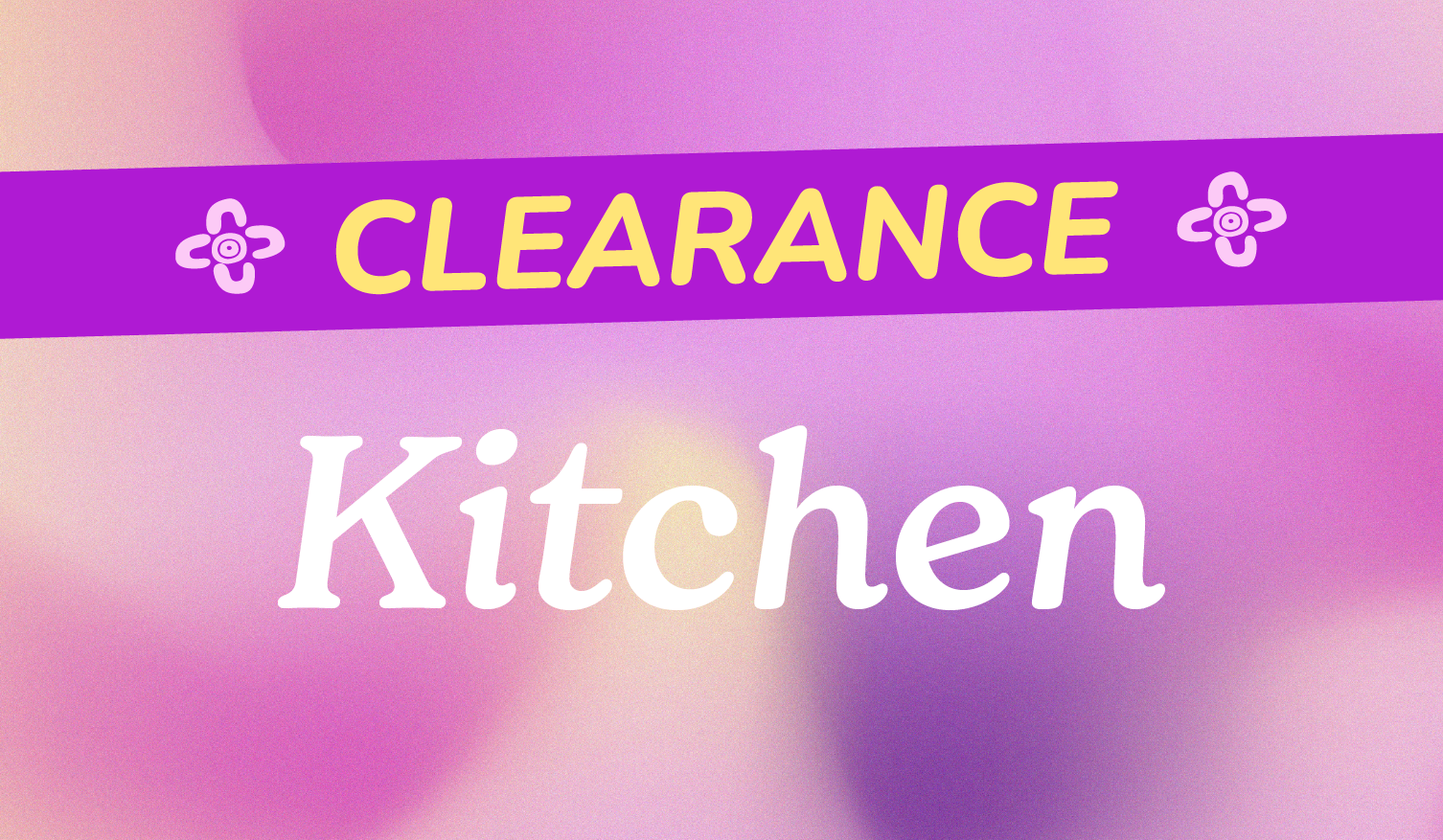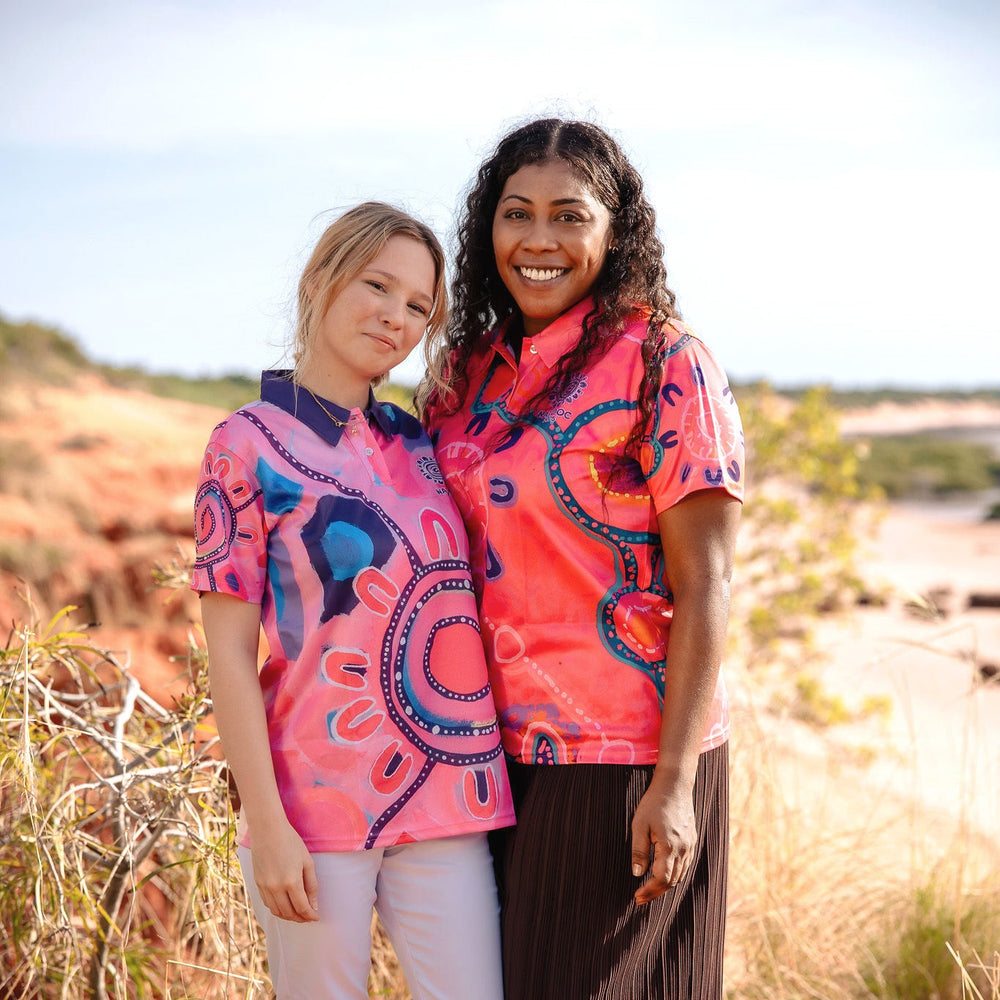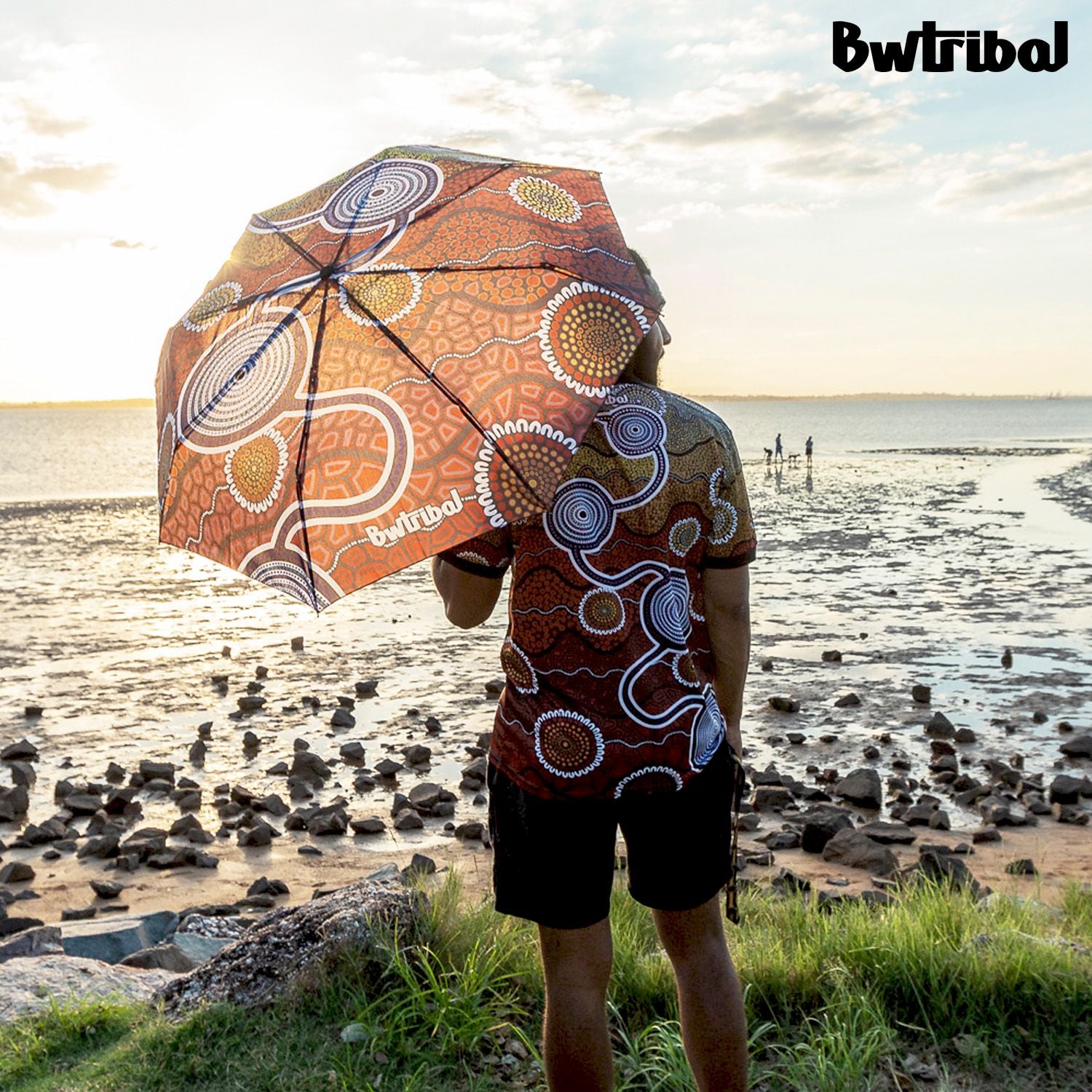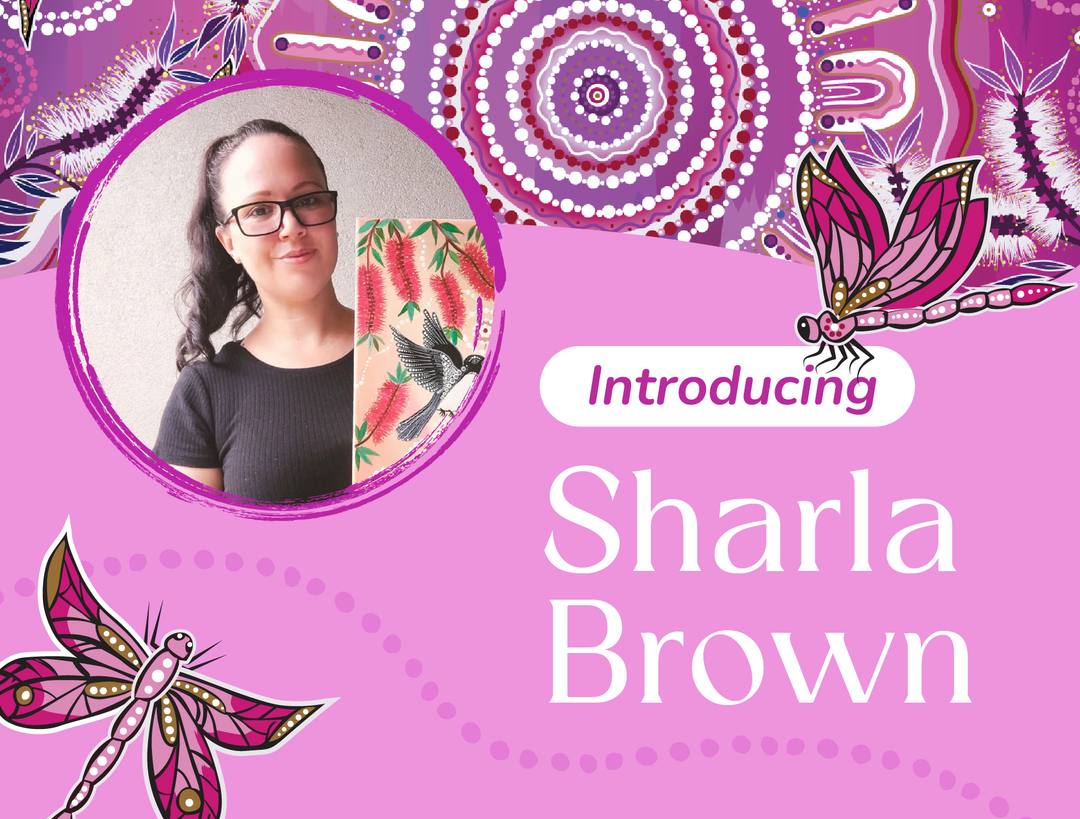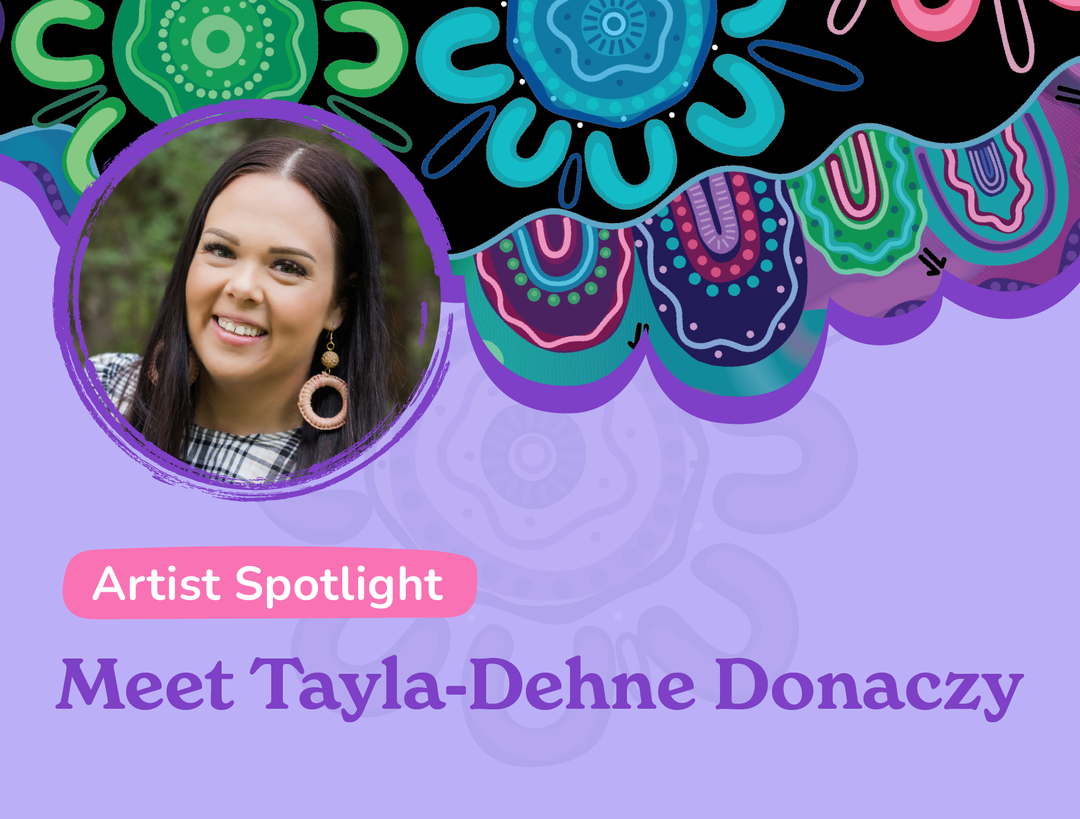For millennia, the First Peoples of this continent have lived, thrived, and nurtured the land we now call home. Australia has a long and rich history predating its colonial past. It's essential to ask yourself: "What Aboriginal land am I on?"
Understanding and acknowledging the traditional custodians of the land is not just about paying respect; it's about recognising a history that has often been overlooked and understanding the significance of the land beneath our feet. Every inch of Australia has a story, a history, and a group of traditional owners.
But how do you find out what Aboriginal land you're on? Many resources can give you a hand in figuring it out! Local government websites often acknowledge the traditional owners of the area. State and territory government sites provide information about traditional owners in their jurisdictions. For those in Victoria, there are maps of formally recognised Traditional Owners, and for those in NSW, the NSW Aboriginal Land Council provides valuable insights.The AIATSIS map, while not exhaustive, offers a starting point too.
The AIATSIS Map of Indigenous Australia, created in 1996, attempts to represent the language, social, or nation groups of Aboriginal Australia and is a handy visual aid for understanding the intricate and varied Indigenous groups that have thrived on this continent for generations.

The AIATSIS Map of Indigenous Australia
However, recognising the land is just the beginning. Engaging with its history, understanding the struggles and triumphs of its traditional owners, and respecting their ongoing connection to the land is crucial. As we wear our Indigenous Australian clothes or engage with Indigenous art, music, or literature, we must remember the stories, the history, and the people behind them.
In a world that's rapidly changing, taking a moment to connect with the land, to understand its history, and to respect its traditional custodians is a step towards a more inclusive, understanding, and respectful society. So, the next time you step outside, take a moment to think about what Aboriginal land you are on and let that understanding guide your appreciation for the land that sustains us all.
To deepen your understanding of what Aboriginal land you are on, take a look at these handy resources:
Map of Indigenous Australia by AIATSIS
Whose Country am I on? by AIATSIS
How to Know Your Country
How To Know Which First Nations Country You Live On by Lifehacker Australia





